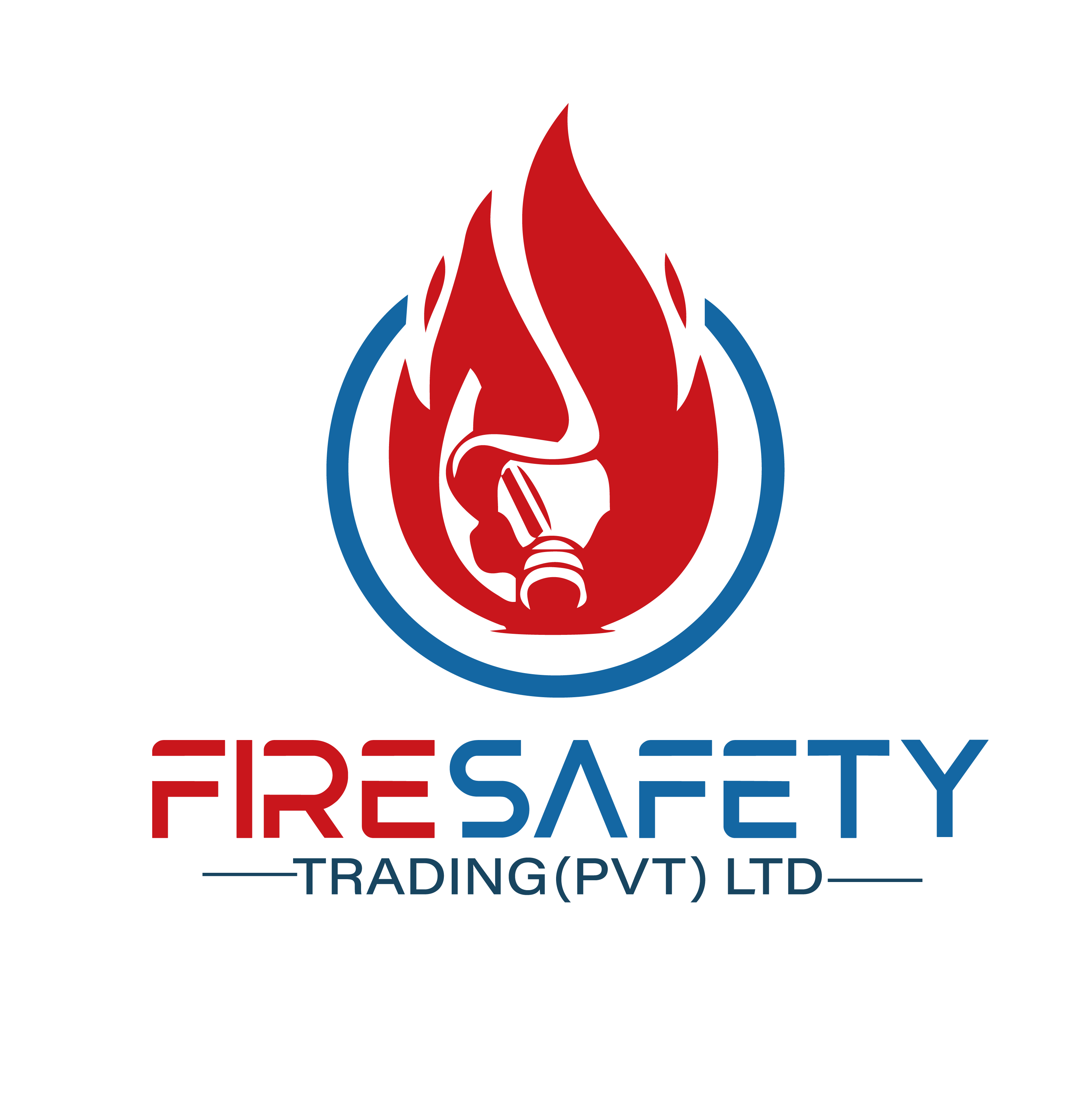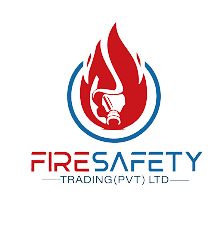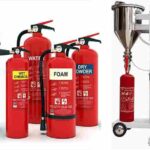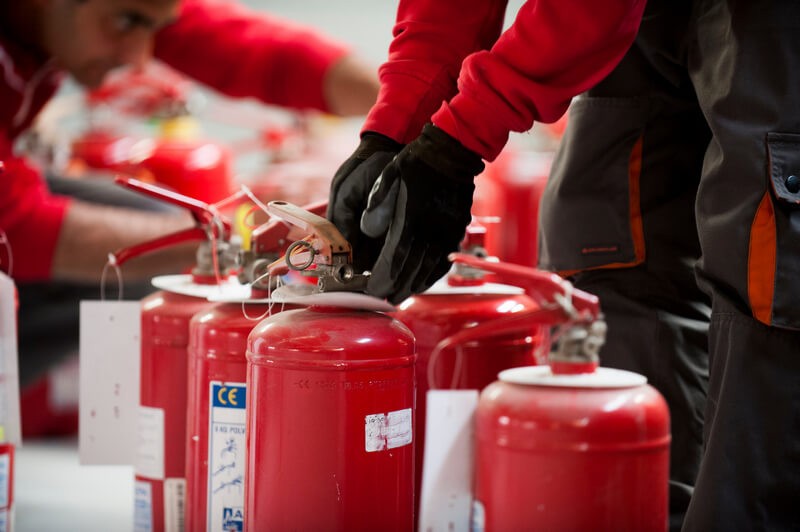Fire extinguishers are one of the most essential safety devices in homes, offices, factories, and vehicles. They are often the first line of defense when a fire breaks out, giving people a chance to control flames before they spread out of control. But just like any other safety equipment, fire extinguishers need regular care and maintenance to remain effective. One crucial part of this process is refilling or recharging them after use or when their pressure levels drop.
So, how is a fire extinguisher refilled? While the process might seem complicated, it follows systematic steps carried out by certified professionals to ensure reliability and safety. In this article, we’ll explore why fire extinguisher refilling is important, the step-by-step process, and tips on maintaining your extinguisher for long-term efficiency.
Why Fire Extinguisher Refilling Matters
Many people mistakenly assume that once a fire extinguisher is mounted, it can sit untouched for years until needed. In reality, extinguishers must be regularly inspected and maintained. Even if a fire extinguisher has not been used, it can lose pressure over time, rendering it ineffective during an emergency.
According to the National Fire Protection Association (NFPA), fire extinguishers must be serviced at specific intervals, and after every use, regardless of how much content was discharged. This is because:
-
Pressure loss can occur naturally over time.
-
Chemical agents inside may settle, compact, or expire.
-
Nozzle blockages or valve damage may prevent proper operation.
-
Legal and safety compliance often requires businesses to maintain up-to-date fire extinguishers.
Failing to refill a fire extinguisher could mean that when a fire actually breaks out, the extinguisher won’t work as expected potentially leading to property damage, injuries, or even loss of life.
How Is a Fire Extinguisher Refilled? Step-by-Step Process
Refilling, also known as recharging, is not a DIY task. It must be done by trained technicians at authorized service centers or by certified fire safety professionals. Here’s an overview of the process:
1. Inspection and Evaluation
The technician begins by carefully examining the fire extinguisher for any signs of wear and tear. This includes checking the cylinder body, pressure gauge, nozzle, handle, and safety pin. If the extinguisher shows signs of corrosion, dents, or damage, it may need to be replaced rather than refilled.
2. Depressurization
Before refilling, the extinguisher must be completely depressurized. The technician carefully releases the remaining pressure to ensure it is safe to open.
3. Disassembly and Cleaning
The extinguisher is disassembled. Each component, including the discharge valve, nozzle, and cylinder, is thoroughly cleaned to remove any residue, debris, or chemical buildup. This step ensures that the extinguisher functions smoothly once recharged.
4. Internal Inspection and Hydrostatic Testing (if required)
In some cases, the extinguisher undergoes hydrostatic testing a pressure test to ensure the cylinder can withstand high pressure without leaking or bursting. This is a legal requirement for certain types of extinguishers at regular intervals.
5. Refilling with the Proper Agent
The correct extinguishing agent (such as dry chemical powder, water, foam, CO₂, or wet chemicals) is refilled according to manufacturer specifications. Using the wrong agent can make the extinguisher ineffective or dangerous.
6. Repressurization
Once filled, the cylinder is repressurized with either compressed air or nitrogen, depending on the extinguisher type. The pressure gauge is checked to ensure it falls within the recommended range.
7. Reassembly and Leak Testing
All components are reassembled, and the extinguisher is tested for leaks. The nozzle and discharge mechanisms are also tested to verify proper functioning.
8. Tagging and Certification
Finally, the extinguisher receives a service tag showing the date of refilling, the technician’s details, and the next service due date. This record is important for both safety compliance and future inspections.
Types of Fire Extinguishers and Their Refilling Needs
Not all fire extinguishers are refilled the same way. Different types require specific agents and refilling techniques:
-
Water-Based Extinguishers: Refilled with water and pressurized with air or nitrogen.
-
Foam Extinguishers: Require special foam solution and correct pressurization.
-
Dry Chemical Powder Extinguishers: Refilled with powder agents like monoammonium phosphate.
-
Carbon Dioxide (CO₂) Extinguishers: Refilled by recharging with liquid CO₂ under high pressure.
-
Wet Chemical Extinguishers: Specially designed for kitchen fires involving oils and fats; require specific chemical agents.
Each type has unique handling requirements, making professional refilling essential.
How Often Should Fire Extinguishers Be Refilled?
The frequency of refilling depends on usage and maintenance schedules. As a general guideline:
-
After every use: even a partial discharge requires a full refill.
-
Every 5–12 years: depending on the extinguisher type and manufacturer guidelines.
-
During annual inspections: if the extinguisher shows pressure loss, leakage, or expired agents.
Workplaces and public facilities must follow OSHA (Occupational Safety and Health Administration) and NFPA standards to stay compliant.
Advantages of Professional Fire Extinguisher Refilling
-
Reliability in emergencies: ensures the extinguisher works when needed.
-
Compliance with regulations: keeps businesses legally protected.
-
Cost-effective: refilling is usually cheaper than buying a new extinguisher.
-
Extends equipment lifespan: regular maintenance helps extinguishers last longer.
-
Peace of mind: knowing your extinguisher is fully functional provides confidence in emergencies.
Common Mistakes to Avoid
-
Ignoring service schedules: Waiting too long before inspections can render extinguishers useless.
-
DIY refilling: Without proper training, you risk over-pressurization, incorrect agents, or equipment failure.
-
Storing extinguishers incorrectly: Exposure to extreme heat, cold, or moisture can damage them.
-
Not training staff or family members: Even a refilled extinguisher is useless if no one knows how to operate it.
Practical Tips for Fire Extinguisher Maintenance
-
Schedule annual professional inspections.
-
Keep extinguishers in accessible, visible locations.
-
Check the pressure gauge monthly to ensure it’s within range.
-
Shake dry chemical extinguishers occasionally to prevent powder from settling.
-
Train family members or employees on how to use a fire extinguisher (PASS technique: Pull, Aim, Squeeze, Sweep).
Final Thoughts
Fire extinguishers are critical tools for fire safety, but they are only effective if properly maintained. Refilling—or recharging—a fire extinguisher is a professional process that involves inspection, cleaning, refilling with the correct agent, repressurization, and certification. Neglecting this essential maintenance could mean the difference between quickly putting out a fire and facing severe property damage or loss of life.
Whether at home, in the workplace, or in public facilities, regular refilling and inspections should be a non-negotiable part of fire safety. Take the time today to check the status of your extinguishers, schedule a service if needed, and ensure that when the time comes, your fire extinguisher is ready to save lives and property.





